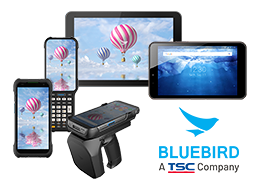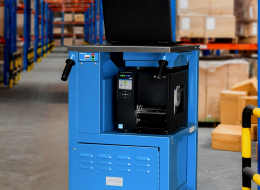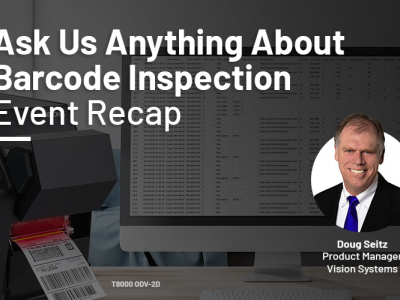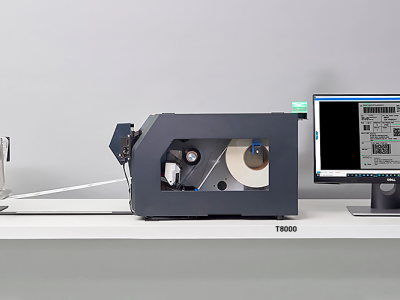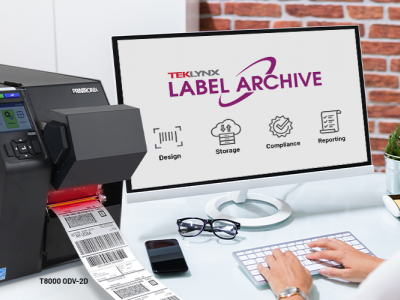Why It’s a Good Time to Upgrade to 2D Barcode Verification Technology
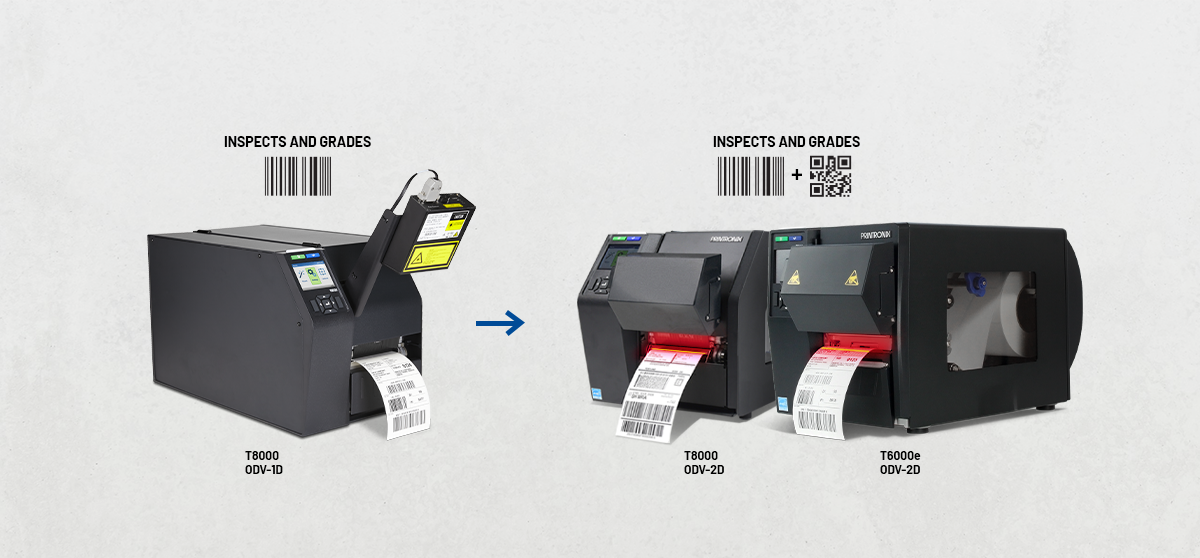
Barcode labels can be found just about everywhere in today’s supply chain and customer touchpoints. Barcodes appear on concert tickets, shipping labels, cartons, and candy bars. They speed up transactions, enable communications, and transfer a lot of data quickly.
As the world increasingly becomes more digitized and data dependent, barcodes need to keep pace with the demand. While 1D barcodes work well for many customers, they have significant limitations. Upgrading to 2D barcode inspection brings several significant benefits to the table.
Why is now a good time to upgrade to ODV-2D barcode inspection? The beauty of ODV-2D barcode inspection is that it encompasses both 1D and 2D verification and validation. So, you’ll still be able to scan your 1D barcodes while adding a future-proof 2D technology.
Here we’ll cover several industry trends that showcase its benefits and explain why 2D is an effective option for barcode verification.
2D Barcode Verification: More Data in Less Space
Regulations and customer demand continue to add additional information to existing labels. As pressure mounts to decrease packaging waste and size, the available space on each label is decreasing. As content increases, label designers are seeking ways to reduce field size while maintaining readability.
Linear 1D barcode labels can only grow in one direction. As the content increases, so does barcode length, rapidly expanding until the barcode no longer fits on the label. 2D barcodes, or matrix technologies, can grow in two dimensions, enabling more information to be packed into a smaller space. The following barcodes contain the identical string “123 MAIN ST, IRVINE, CA” but the 2D barcode takes up less space.


Greater Capacity with 2D Barcodes
Early 1D barcodes such as UPC have a 12 numeric digit capacity. Demand for information exchange kept pushing the industry to include both alpha and numeric characters, and more of each. Code39 can hold up to 43 characters, and Code128 can hold up to 128 alphanumeric characters. PDF417 can hold up to 2,710 characters, DataMatrix can hold up to 3,116 characters, and QR codes can hold up to 7,089 characters.
The point is that this trend of increasingly greater content being placed on barcodes is not going away. Using 2D barcode verification helps you future-proof your verification system.
Customer Connection with QR Codes
Shop windows, real estate signs, business cards, advertisements on bus stops and buses, envelopes, boxes, and receipts routinely have QR codes so a user can point a phone and easily connect with the business. QR codes enable a direct link between the customer and supplier by making it easy to take customers to a website landing page. This helps suppliers gain additional information, by enabling customers to respond to a survey, register a product, get installation instructions via video, or sign up for marketing information. This direct connection between the consumer and the manufacturer or retailer enhances the relationship and provides value to both parties.
Better ROI with 2D Barcode Verification: Combat Your Labor Shortage, Reduce Chargebacks
If you’re having a challenging time finding people to work in your warehouse or distribution center, 2D barcode verification can help. It’s an ideal solution to help you do more with less people, because it eliminates the need for operator intervention to ensure all printed barcode labels are readable. It offers a completely automated process that can reduce time spent on label verification.
How does this work? The TSC Printronix Auto ID enterprise-grade T8000 and T6000e ODV-2D printers feature our integrated barcode inspection system that is tied into the print controller to automatically retract and overstrike bad labels and reprint them.
This reduces labor and time spent on correcting unreadable labels, enhancing ROI. Our barcode inspection printers also collect data and offer reporting options to show your downstream customers a record that all barcode labels were good quality before they left your facility. This can help you reduce fines and more easily dispute chargebacks.
2D Barcode Verification Offers Flexibility When Scanning
Existing laser 1D scanners have a fixed orientation. If the scanner is handheld, the orientation can be changed. But if the scanner is also fixed then 1D barcodes with a horizontal axis (picket fence orientation) might scan, but a vertical axis (ladder orientation) might not.
Optical scanners introduced with 2D barcodes can scan 1D or 2D barcodes in any orientation, eliminating any issues with label orientation while scanning.
Better Label Inspection with Our Software Partners
The optical scanner in the ODV-2D verifier reads and grades up to 50 barcodes on a label. It also captures an image of the label that can be passed to OCR systems to read the text, or blemish detection systems that can ensure logos or symbols printed correctly, or to UDI compliance systems that check for missing or duplicate serial numbers.
Our software partners, such as Perceptor PTXL, directly connect to ODV-2D to expand the inspection capabilities for the label. Our label creation software vendor partner TEKLYNX also leverages ODV-2D to capture and store data about the job status as well as label grade to provide defense against chargebacks.
Future-Proof Your Business with 2D Barcode Verification
ODV-1D has been an industry workhorse for over 15 years. The laser technology, however, is not suitable for 2D barcode scanning. ODV-2D barcode verification was introduced to enable scanning of both 1D and 2D barcodes, enhancing efficiency and expanding verification capabilities.
If you’re ready to explore 2D barcode verification, contact us online for more information or reach out to your local TSC Printronix Auto ID representative.



